Sebastian Cox reveals why sustainable fabrics are so important – and how to shop them
The British designer discusses sustainable fabrics. From production to product – how can we make better choices?
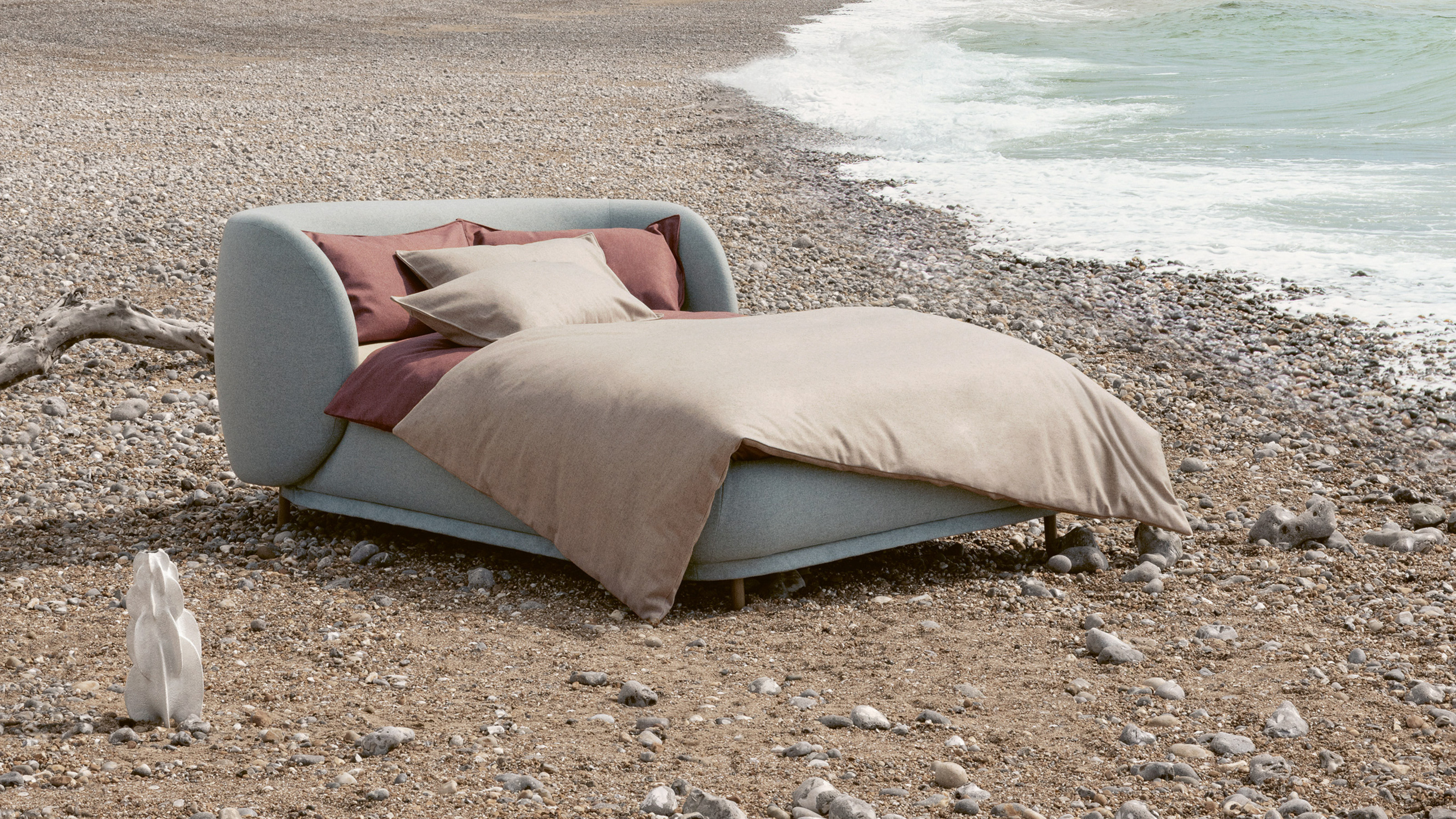
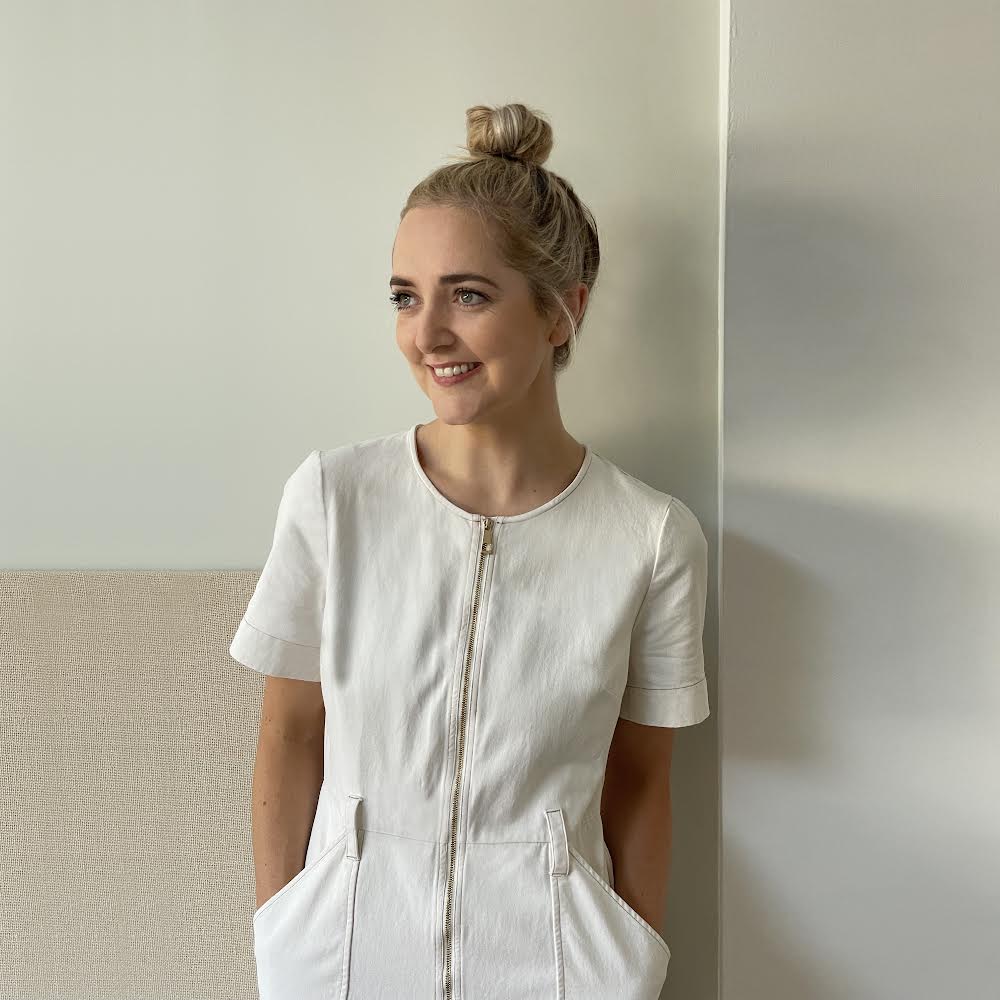
Sebastian Cox
British furniture designer, eco expert and Homes & Gardens columnist, Sebastian Cox charts the renovation of his home, one inspiring and innovatively eco-friendly idea at a time. Each month, he digs deep into the ways in which we can all make a difference within our homes.
With his own house renovation currently underway, Sebastian Cox has been on a quest to make the right interior design decisions for his home and young family. Exploring the new – and often old – ways to approach restoration and improvements along the way. Next up is sustainable fabrics - everything you need to know when considering eco-conscious curtain ideas
Drapes aren't the only area where you might consider investing in sustainable fabrics. When pulling together your living room furniture ideas, you may decide that having a sofa or armchair upholstered in an eco-friendly fabric is the right way to go. Reupholster an existing piece to be even kinder to the planet.
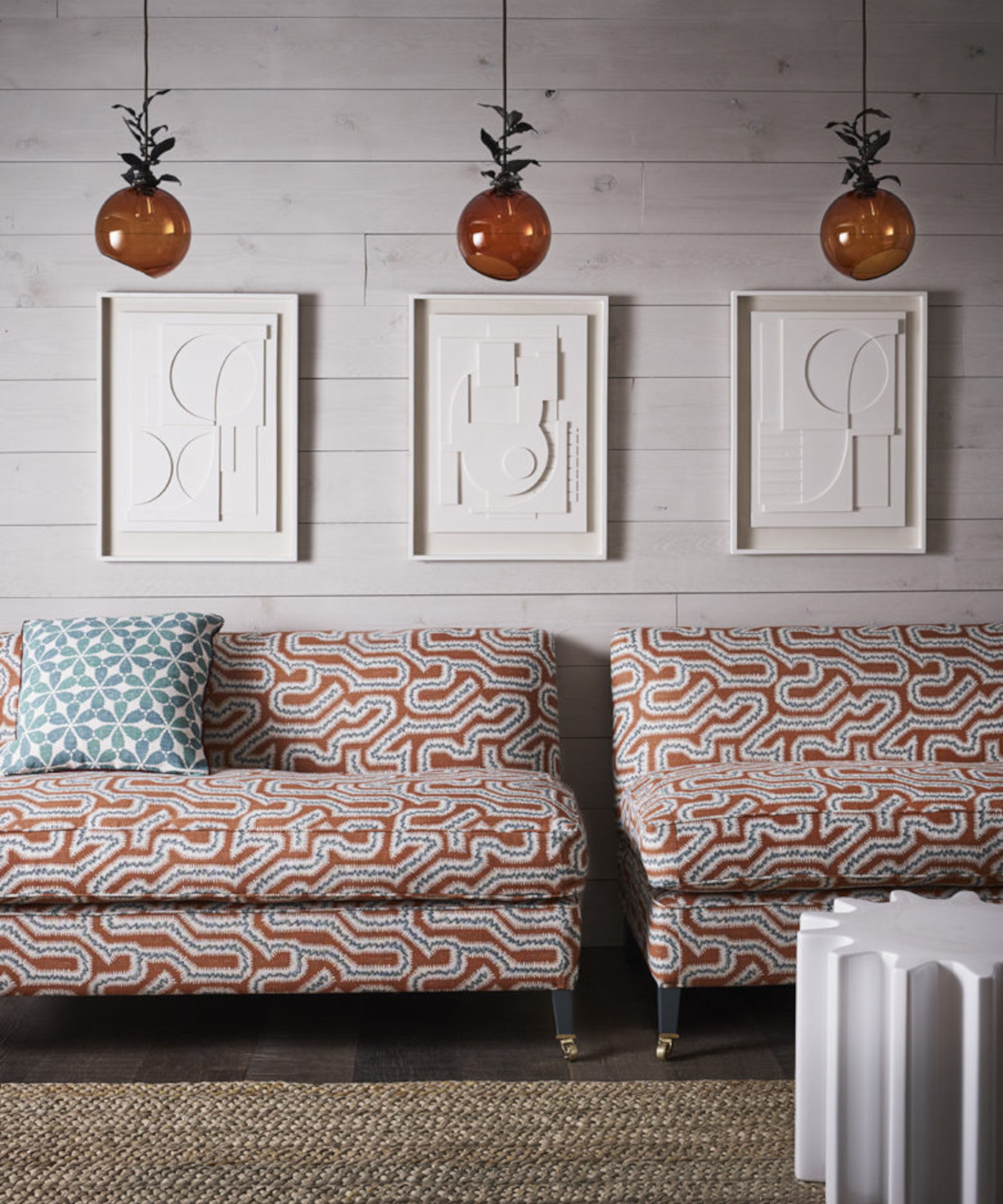
The benefits of change
'One of the things we’ve noticed about living within splashing distance of the sea is that when the winter wind blows, it really howls. Fires lit at home, we’re donning sweaters and drawing drapes to conquer the drafts that get pushed into the house from the North Sea,' says Cox.
'Insulation aside, there’s one thing that both holds in heat and keeps spirits warm – the textiles in our home. Curtains, throws, bedding, rugs, and soft furnishings are all absolutely invaluable even in the most austere and air-tight modern interiors. But with such various fibers coming from globally diverse sources and factories, fabric and textiles can be an environmental minefield.
'It seems though that the environmental scrutiny that’s beginning to be applied to the world of fashion isn’t equalled by interior designers to the homeware textile industry. Fashion is a larger industry of course, and some laggard parts of it have a long way to go, but there is a conscientious consumer base demanding better in their clothes and many companies are responding.
'Because homeware is a smaller industry, doesn’t mean its footprint doesn’t count. The mountains of non-organic, chemically finished fabrics which present themselves at the Homes & Gardens Awards shortlisting, show little bashfulness for the problematic status quo. Perhaps it’s because there’s a lot to learn and understand about fabric.'
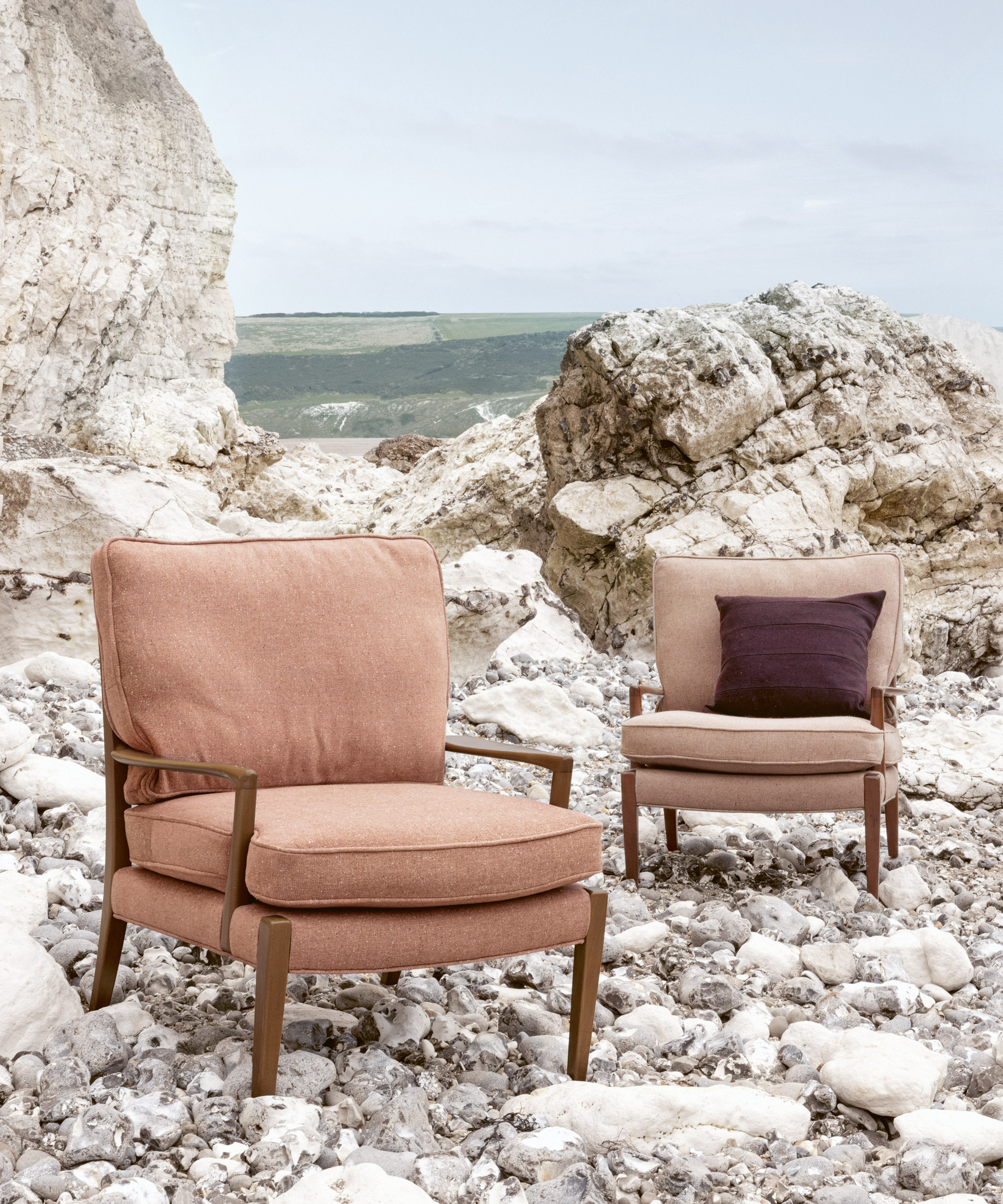
Source locally and research thoroughly
'Brogan, my wife, is a keen seamstress. With her sewing machine and overlocker in our cellar, she turns out all manner of things for our house and frequently makes her own clothes. With her expert eye for quality and my curiosity for the source of things, we’ve established a few rules for draping our home. Aside from working conditions, which are best ensured by buying fabric from UK mills, or small transparent companies, the two areas we apply most scrutiny to are the source of the raw material, and the chemicals used in production.'
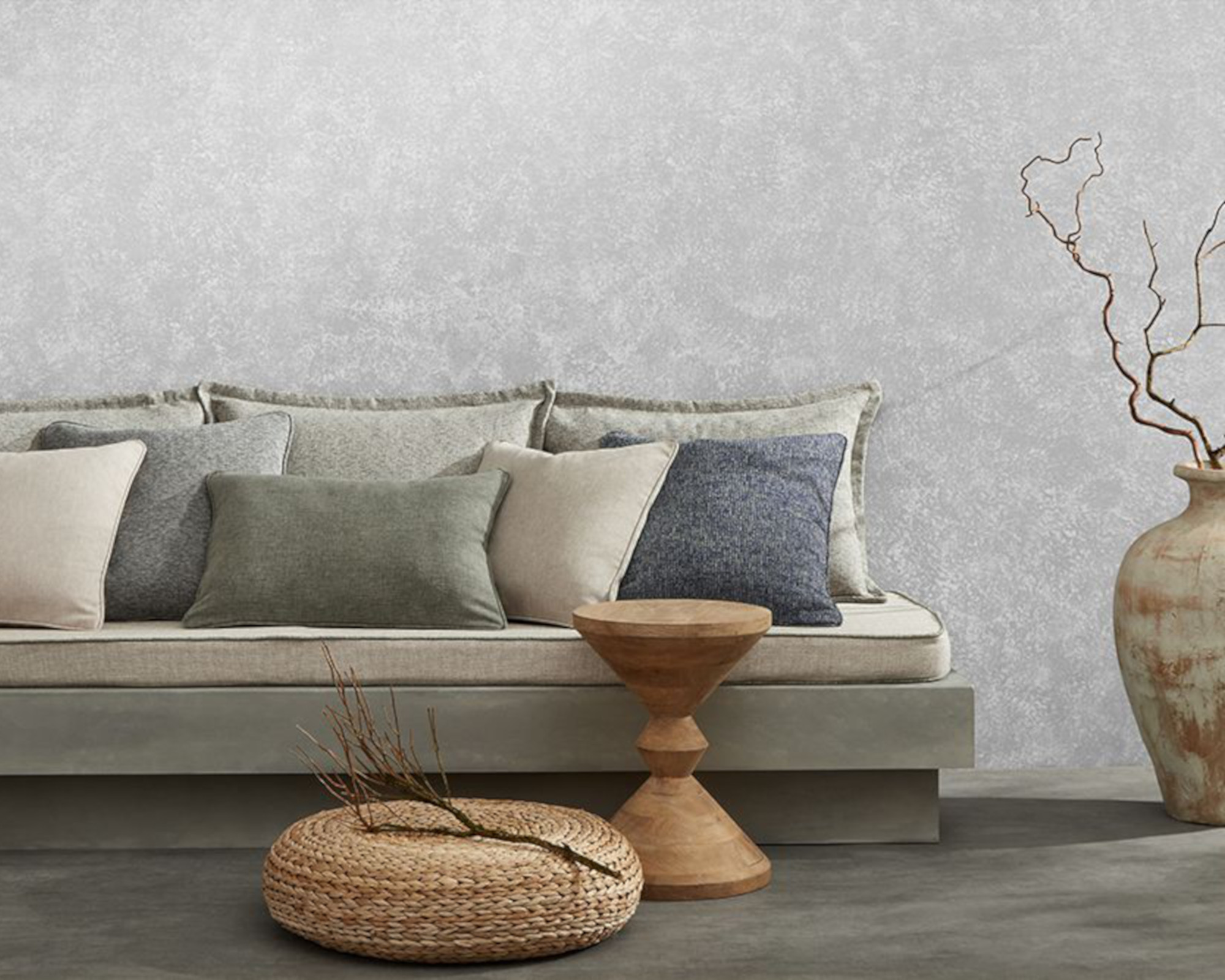
Flax, wool and hemp: sustainable fabrics to replace cotton
'Flax and wool are our go-to materials. Flax, which makes linen, is a fiber which can be grown native. Unfortunately, we don’t have the machinery to harvest it as it requires pulling, rather than cutting, although organizations like Flaxland are looking to change this.
'The best sources are Belgium, France and Ireland who have held on to their linen industries, and are on our doorstep. As a plant flax requires very little water to grow compared to cotton, no pesticides or fertilizer, and is processed and softened mechanically, rather than chemically. This means its environmental footprint is invariably lower than cotton.
'Wool is of course a familiar fiber, known for its warmth and hardiness, making it suited to cozy carpets and curtains. We seek UK wool from UK mills, like our curtains from Stitched or Naturalmat mattresses, entirely woven and sewn in the UK and with low or no chemical inputs.
'Hemp, another super-plant growing happily in our climate with low inputs, will hopefully begin to scale along with flax. There are plenty of ways to avoid cotton or synthetics and their heavy footprints.'
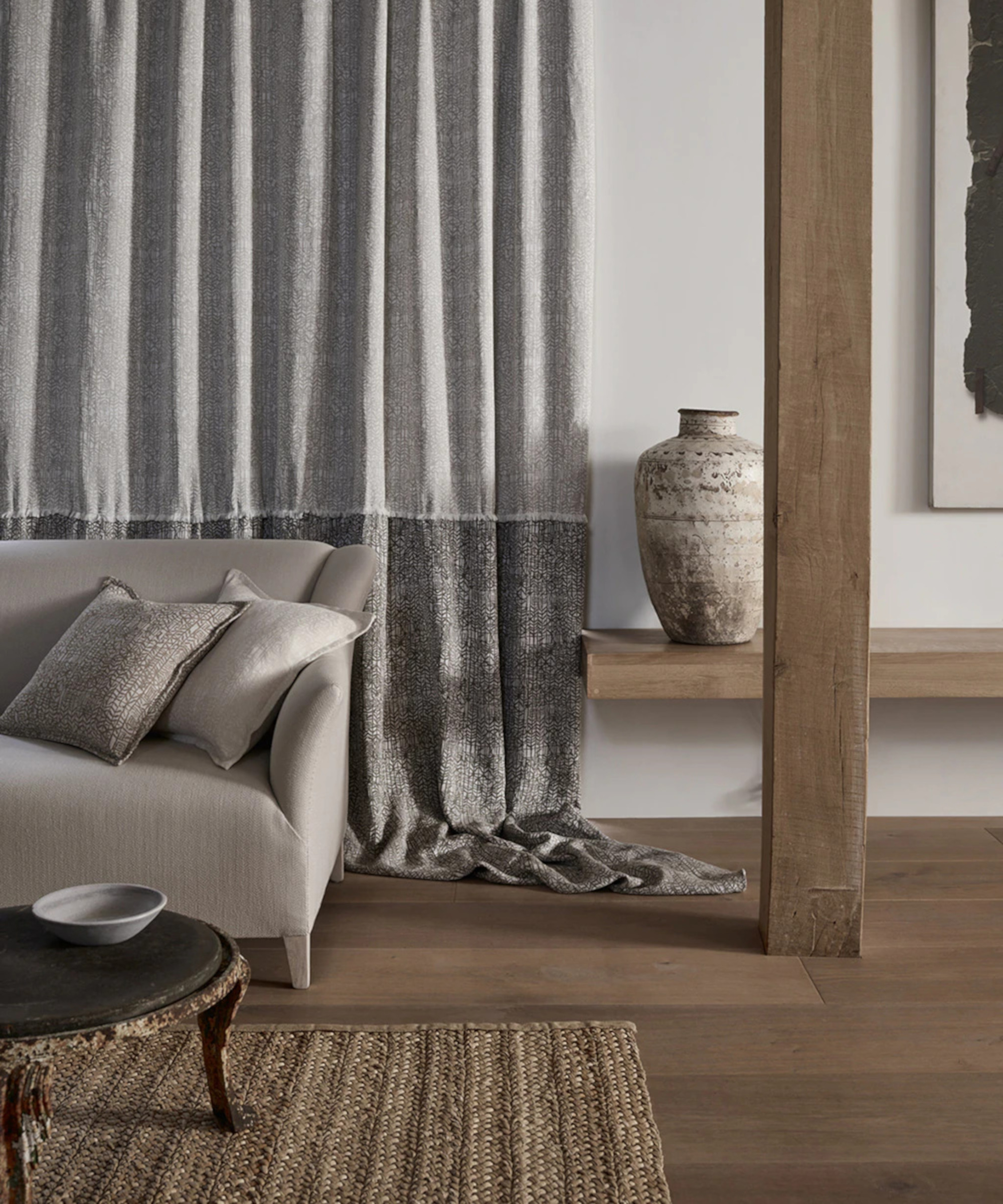
Sustainable fabrics: the process and brands to shop
'I’ve touched on the mechanical processing above, which is a massive consideration in fabric. When first milled, fabrics are stiff and need to be softened. This can be done by soaking the material in baths of chemicals, or by pounding it with machines. While using more energy, mechanical processing is much less polluting than chemical, which too often find their ways into our water courses, even here in the UK in the form of dyes and printing inks.
'A pioneering brand paying due attention to their waste water is Rapture & Wright, which has invested in an impressive series of natural filtration ponds at its Cotswolds production facility to turn its waste water from its hand-printed fabrics into clean, drinkable water, providing space for nature along the way in their wildlife-teeming pools.'
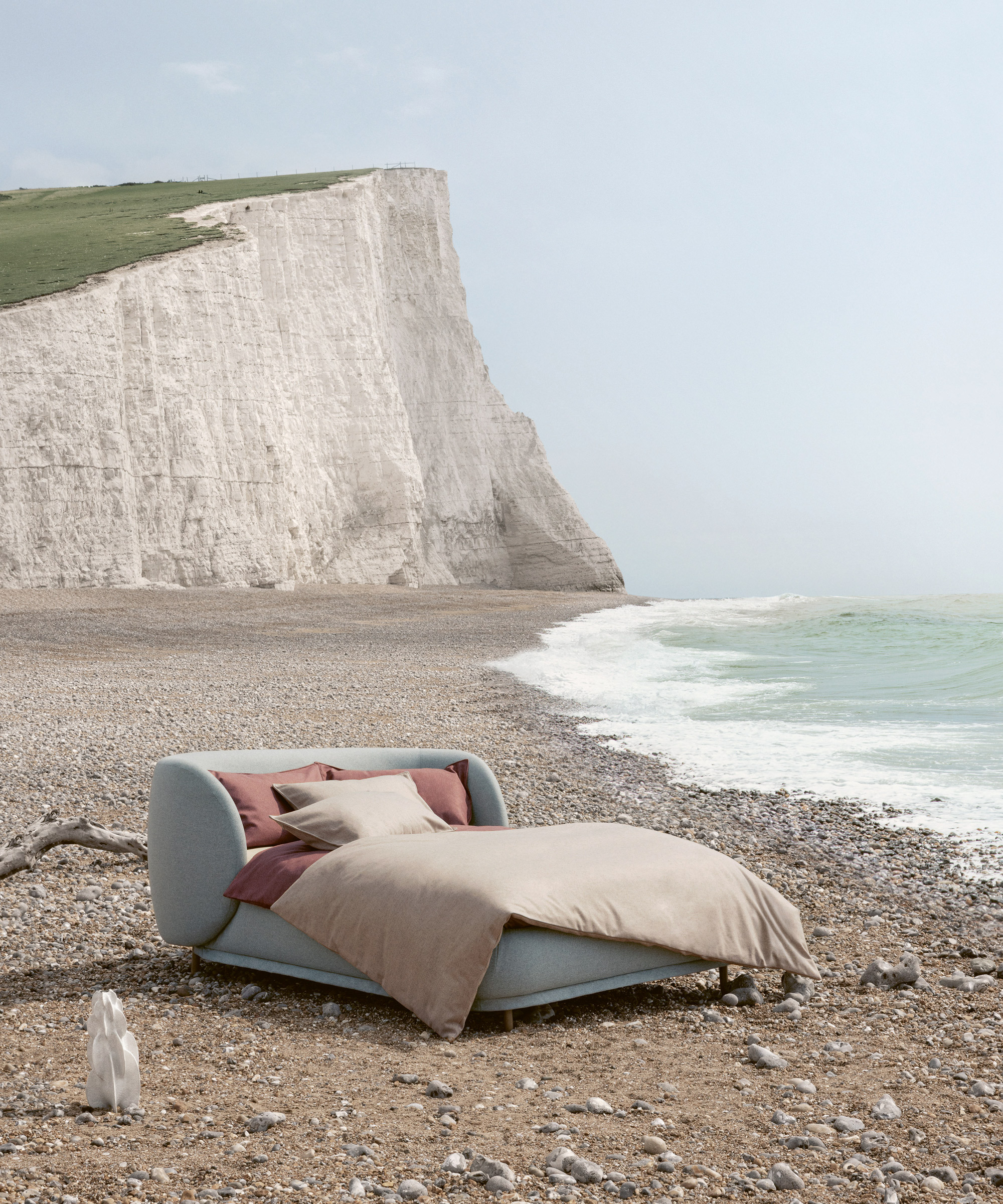
Aftercare tips
'Aside from the chemicals which pollute our environment during production, we can be polluting our homes too with Volatile Organic Compounds found in too many of our softer furnishings, from foam mattresses to flame-retarded sofas and "new carpet smell" carpets.
'I do all I can to limit my family’s exposure to VOCs, and I hope schemes like Declare labels, which list the ingredients in products, become more popular as a means to see the potential pollutants before you buy. Benchmark Furniture now show Declare labels on their soft furnishings, which is an impressive step forward.'
Sign up to the Homes & Gardens newsletter
Design expertise in your inbox – from inspiring decorating ideas and beautiful celebrity homes to practical gardening advice and shopping round-ups.

Jo Bailey has been Editor of Homes & Gardens (the print edition) since September 2023; overseeing all features for the print edition. Previously, she worked as the News & Shopping Editor across H&G and Livingetc where it was her role to discover the best news stories, latest trends and honed her understanding of Homes and Gardens' over 100-year-old brand.
Before joining Future Plc, she worked as an interior stylist for over ten years, specialising in commercial photo shoots for luxury clients such as; Design Centre Chelsea Harbour, The Romo Group, Christopher Farr Cloth and Heal's. She has worked closely with Homes & Gardens and Livingetc for over a decade, having styled and produced editorial shoots and events for both titles over the years.
- Sebastian CoxBespoke Furniture Designer
-
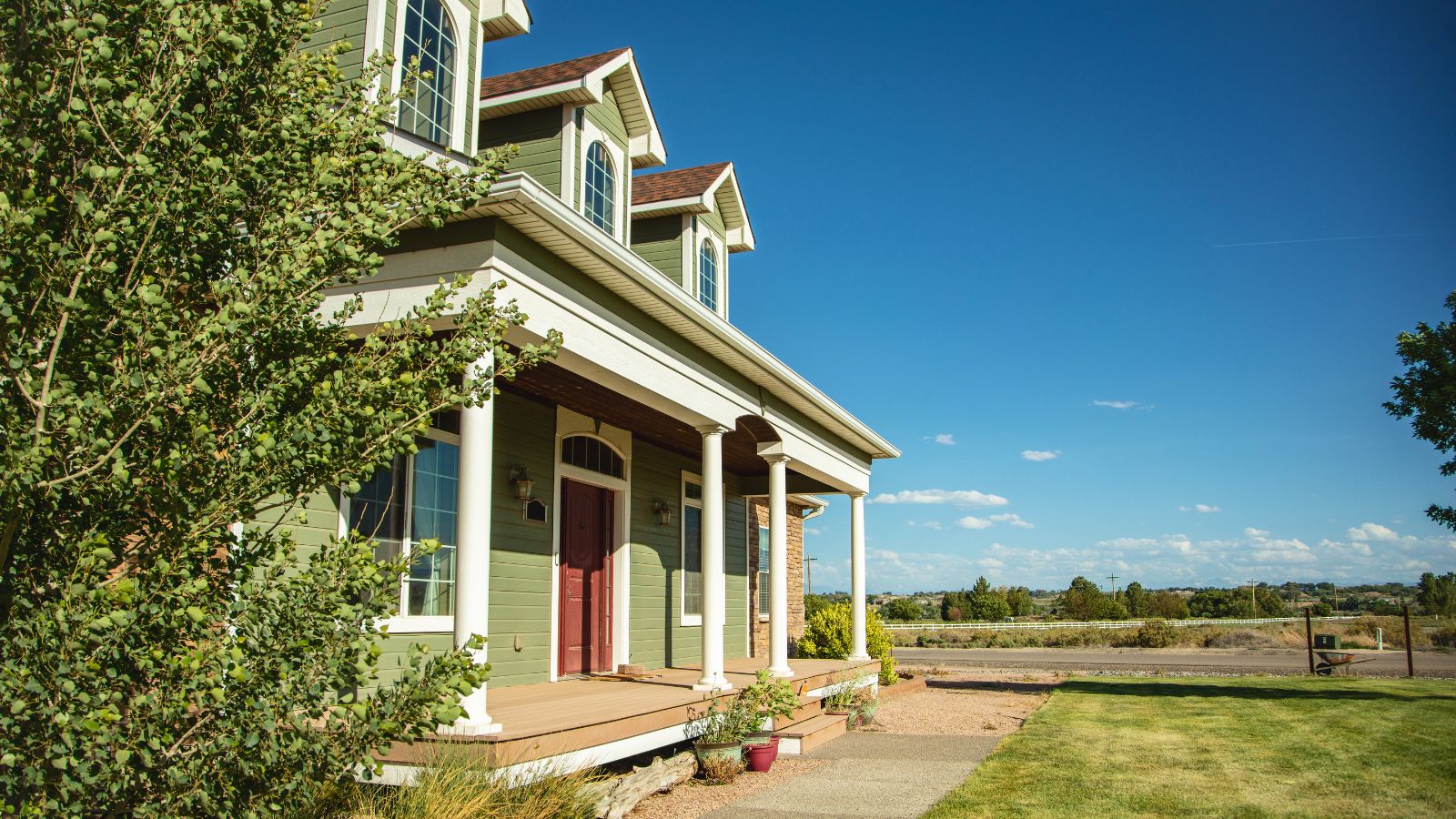 If your home's facade is riddled with cobwebs, this $12 tool makes cleaning once-unreachable spots simple and speedy
If your home's facade is riddled with cobwebs, this $12 tool makes cleaning once-unreachable spots simple and speedySay goodbye to cobwebs and hello to a fresh and clean facade
By Rebecca Shepherd
-
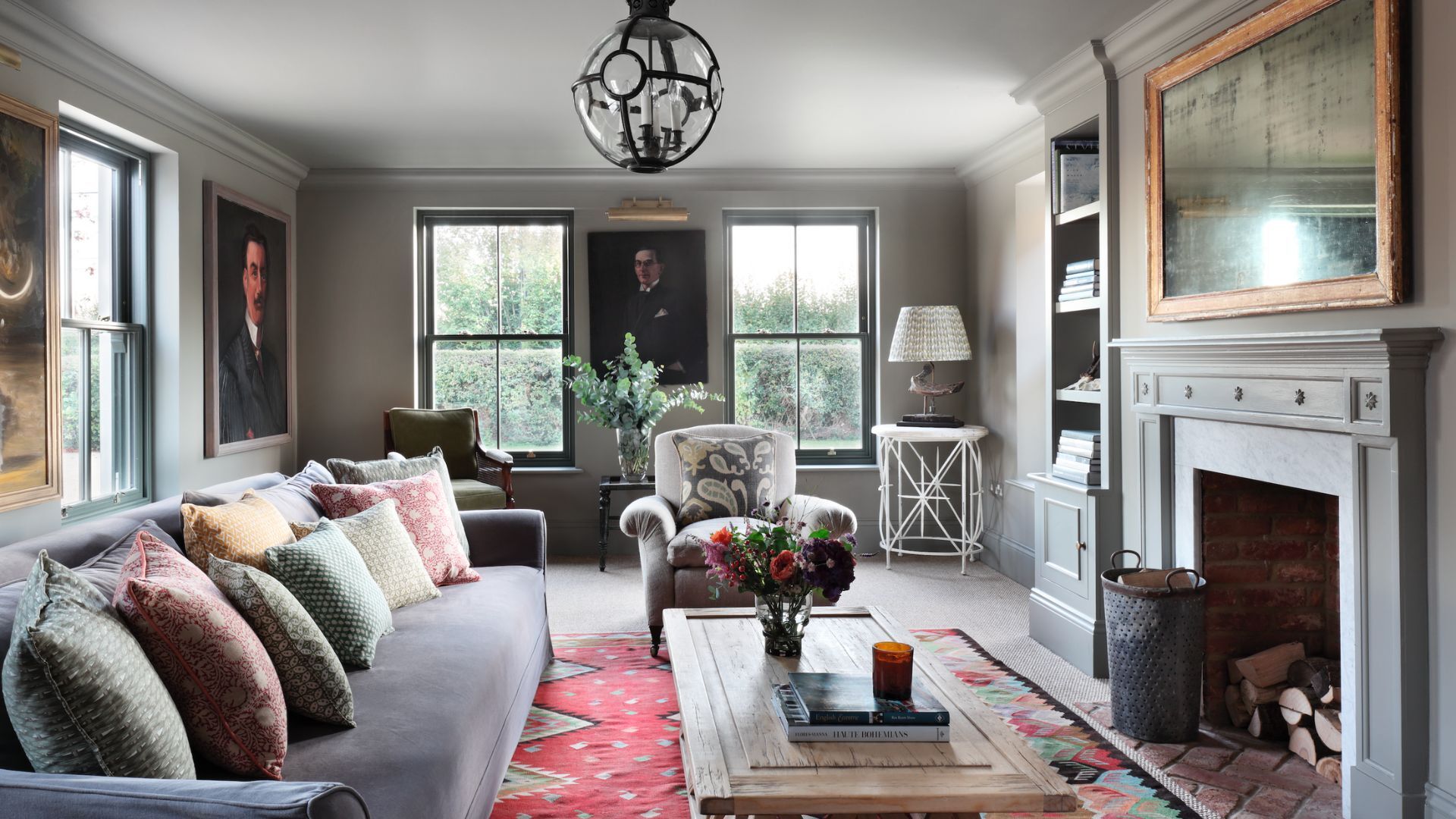 I thought I hated gray, but this one paint changed my mind and now I use it all over my home
I thought I hated gray, but this one paint changed my mind and now I use it all over my homeWhy Farrow & Ball Pigeon defies everything I loathe about gray paint
By Sophia Pouget de St Victor
-
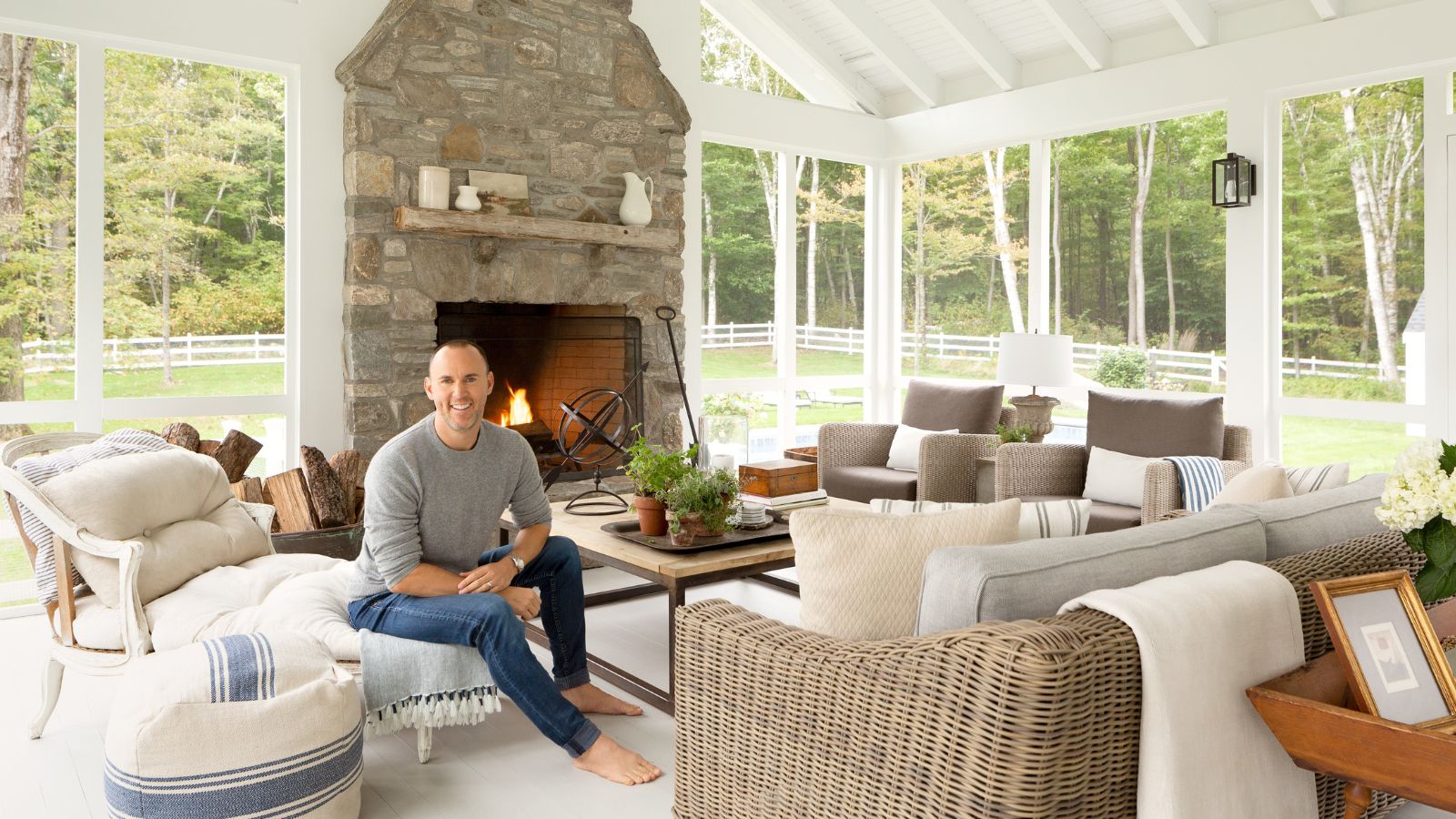 How I encourage my clients to make sustainable choices in their interior design
How I encourage my clients to make sustainable choices in their interior designAs an interior designer, I'm aware that I must push for sustainable decor whenever I can. Here, I explain four ways that anyone can be more sustainable with their choices
By Joshua Smith
-
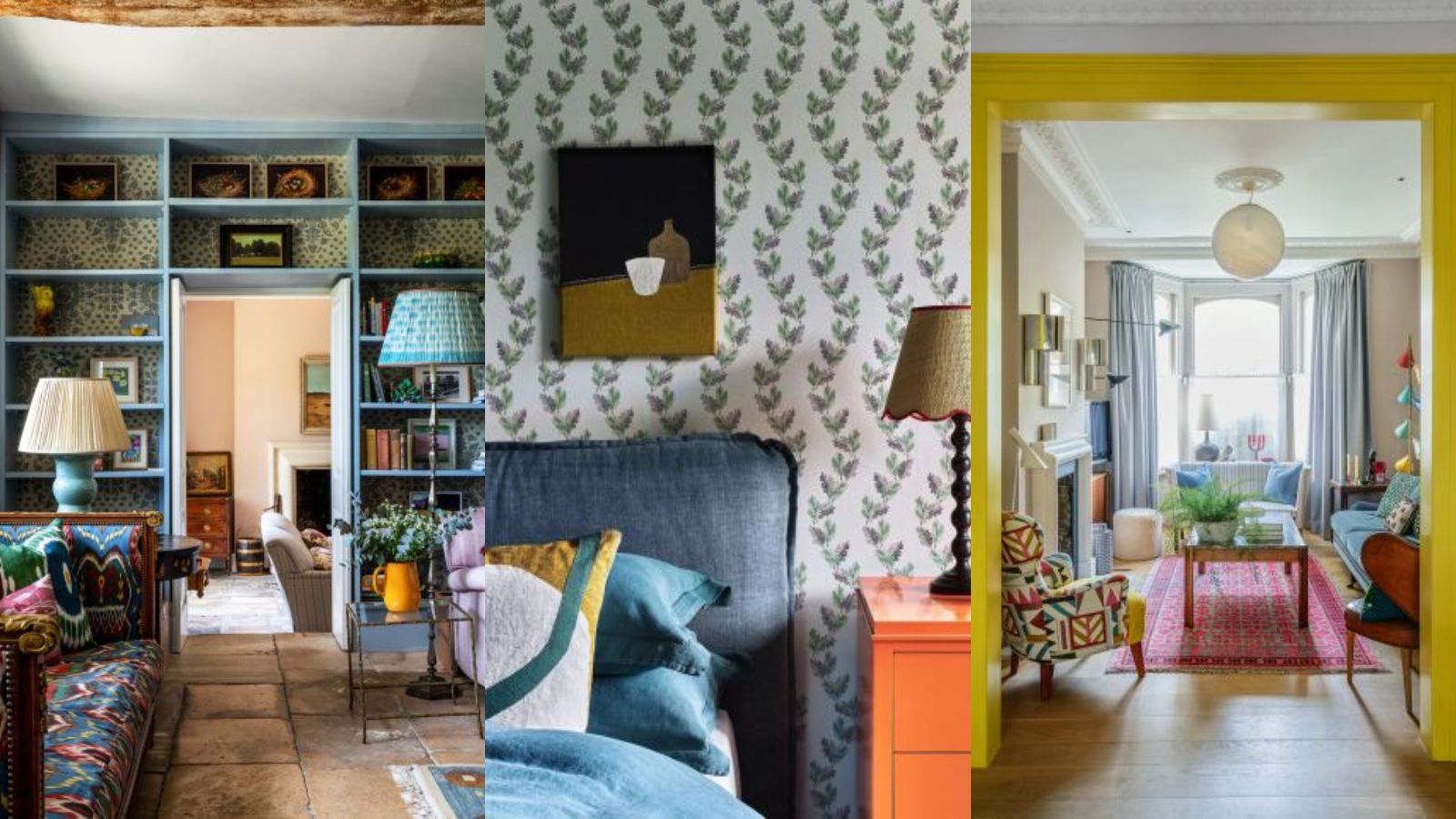 6 clever ways to upcycle leftover decorating materials – to save money and be more eco-friendly
6 clever ways to upcycle leftover decorating materials – to save money and be more eco-friendlyUsing up leftover decorating materials can result in a more layered interior, too
By Kate Burnett
-
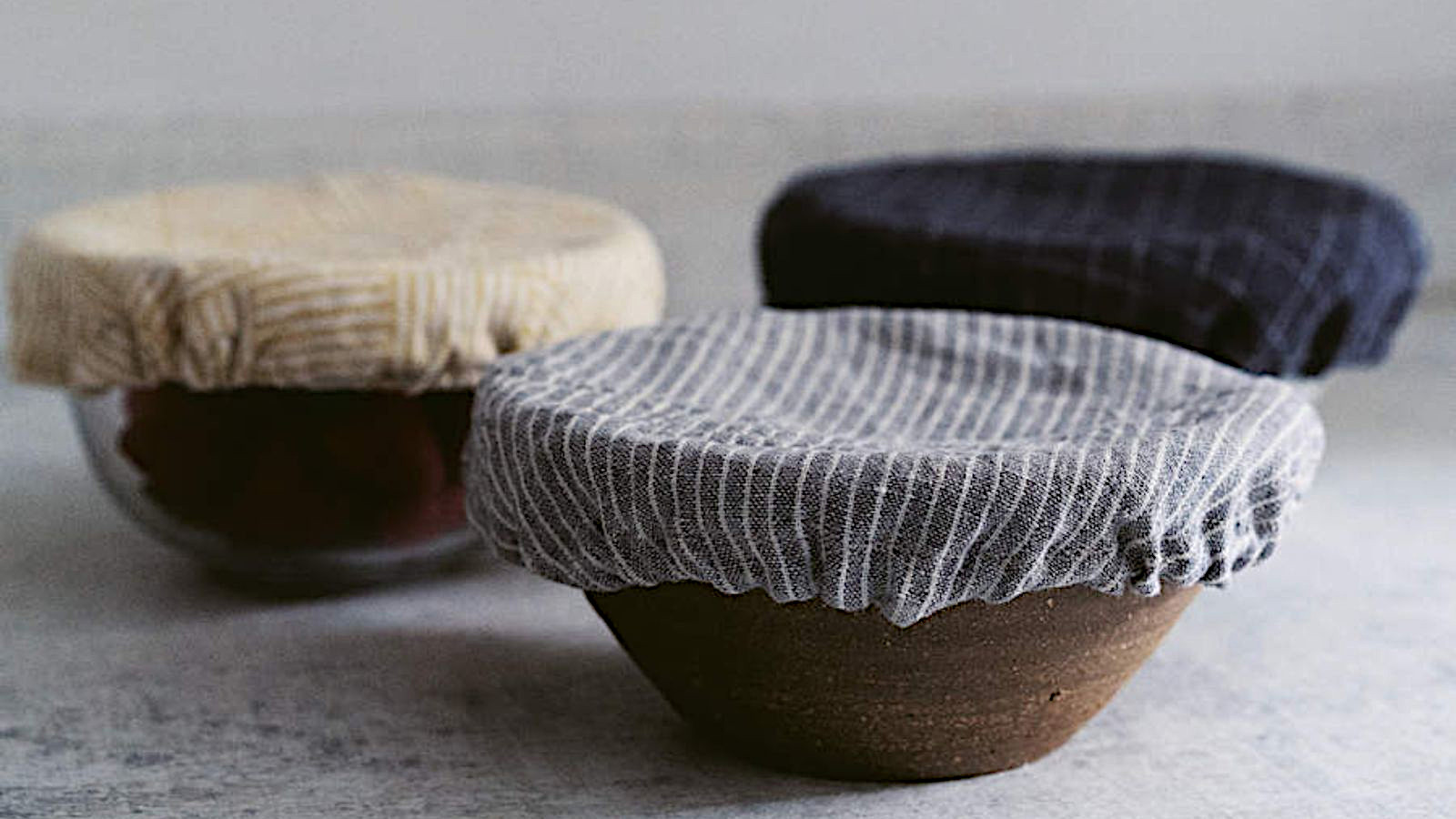 How to make bowl covers – easy steps with upcycled fabrics
How to make bowl covers – easy steps with upcycled fabricsMaking bowl covers will mean no more covering food with plastic, and pretty-looking bowls on the countertop
By Lucy Searle
-
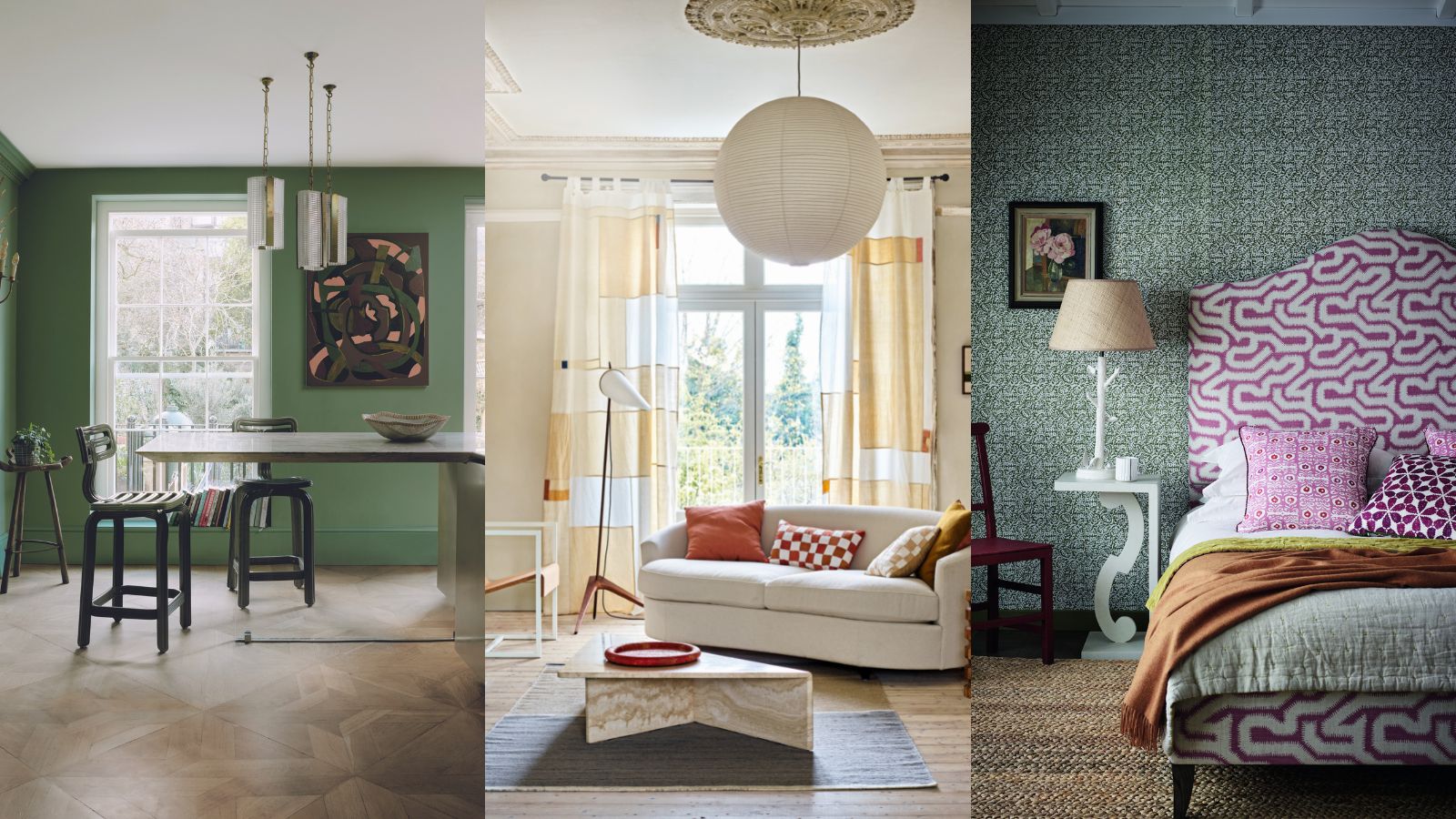 Eco decor – 10 beautiful, sustainably-designed room ideas
Eco decor – 10 beautiful, sustainably-designed room ideasThere is an alluring organic luxury about these eco decor schemes – all crafted with pieces focused on being natural
By Kiera Buckley Jones
-
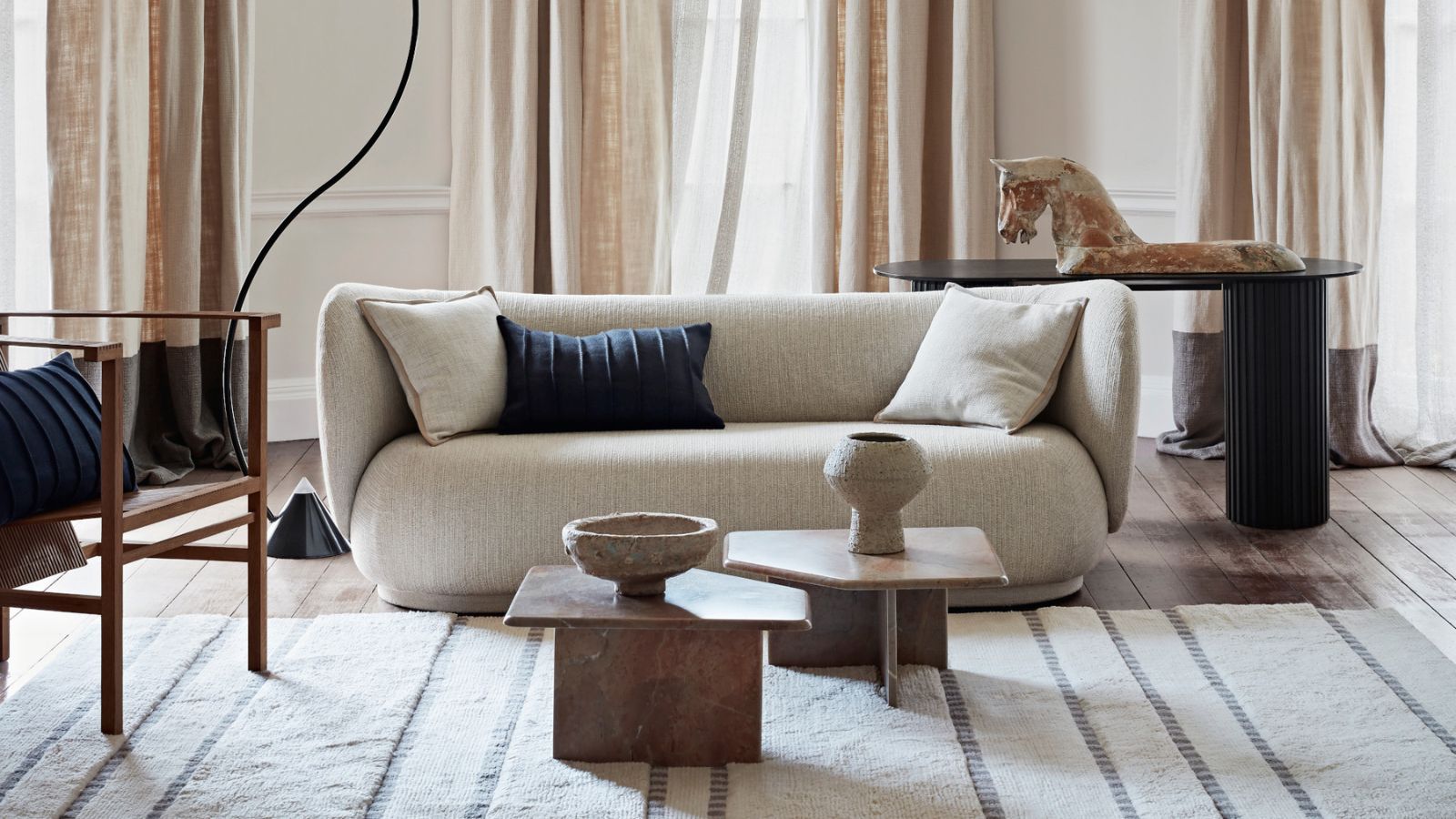 British Style: de le Cuona
British Style: de le CuonaWe find out more about fabric firm de Le Cuona and its landmark range of organic, fully traceable linen
By Arabella Youens
-
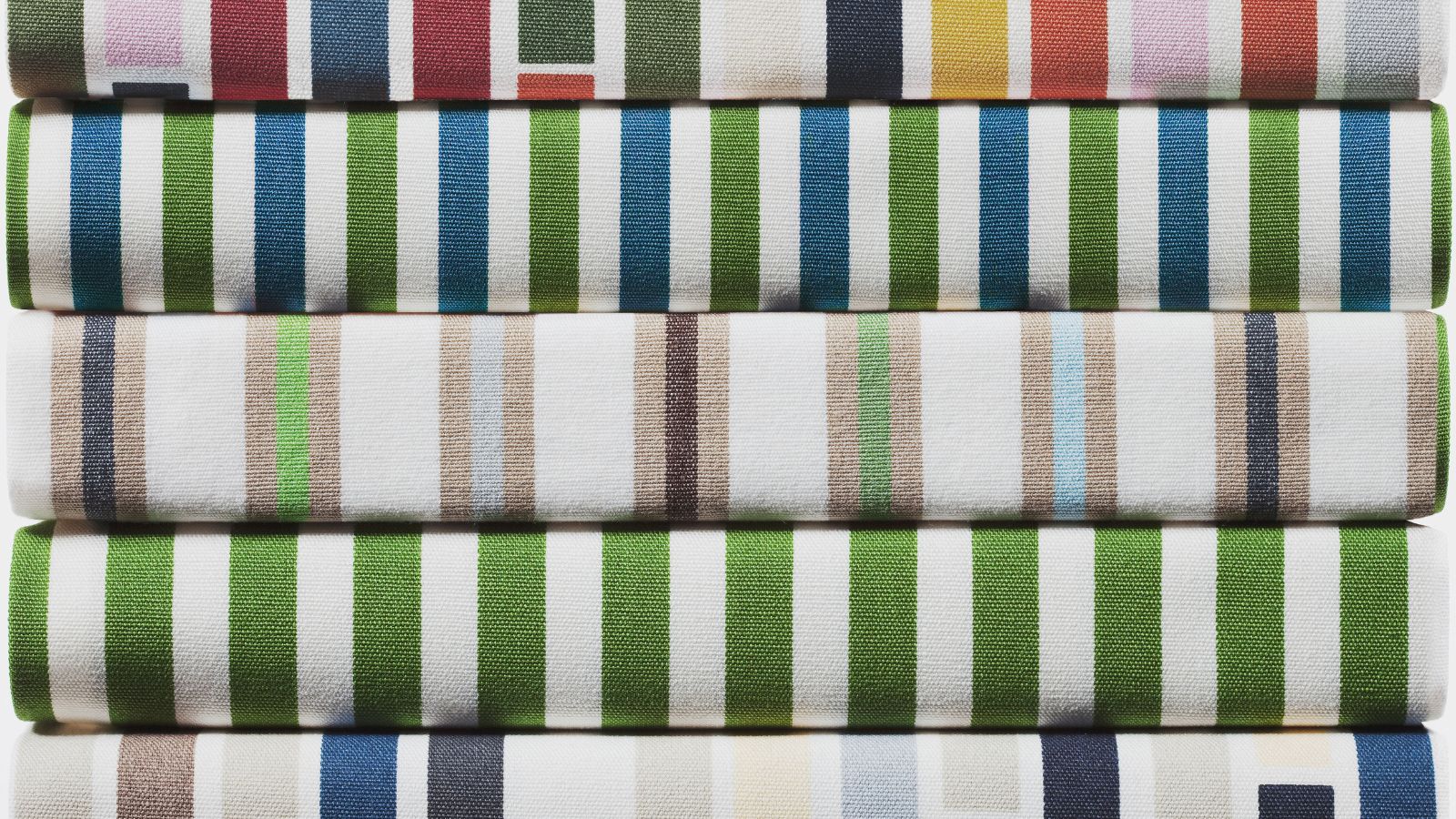 Sustainable fabrics – the fibers to look for and questions to ask
Sustainable fabrics – the fibers to look for and questions to askRecycled textiles expert Jules Haines advises buying sustainable fabrics for your interiors project
By Lucy Searle
-
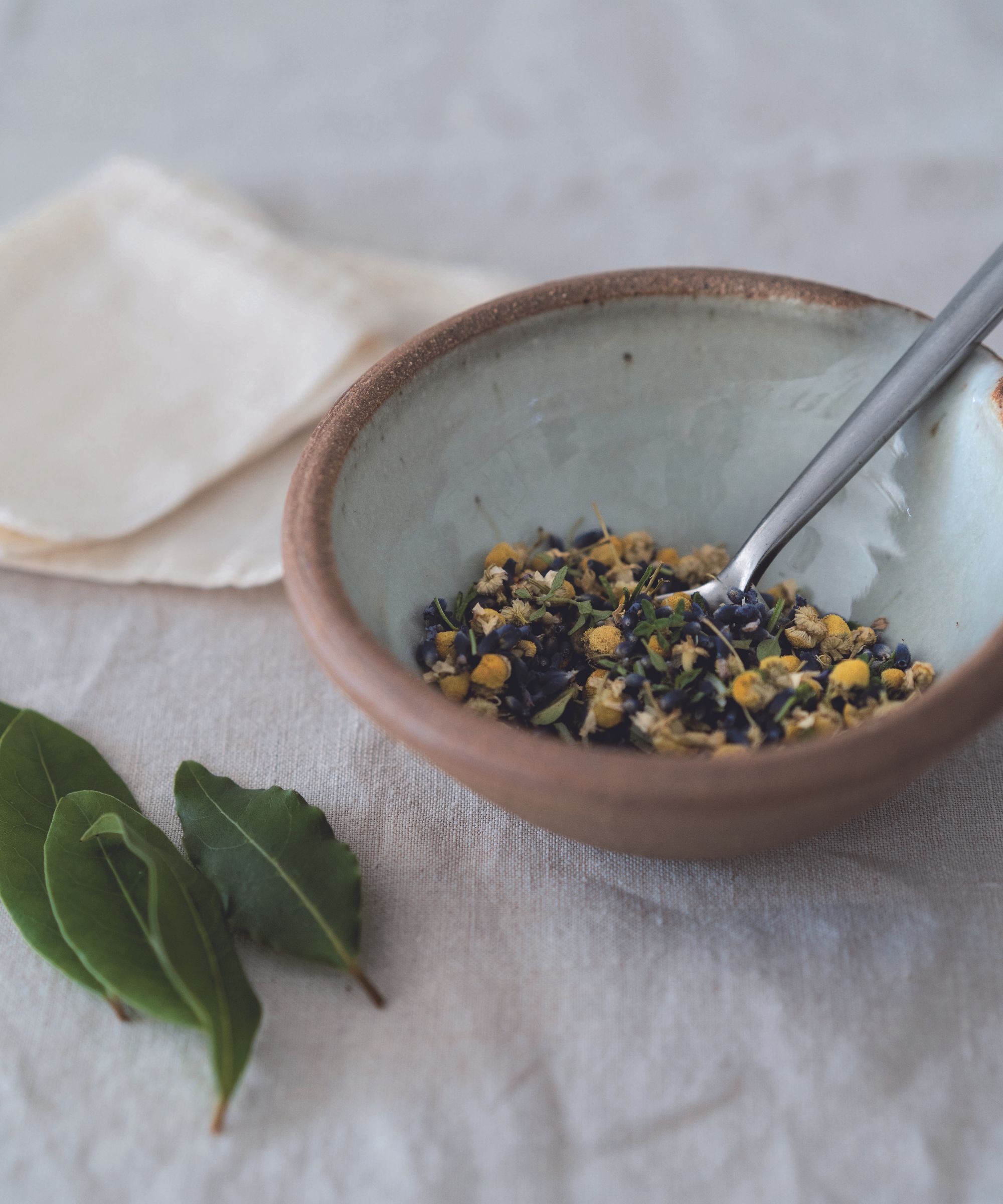 Homemade moth repellent – get rid of moths, naturally
Homemade moth repellent – get rid of moths, naturallyYou can make your own moth repellent using herbs and essential oils. It's easy to do and more sustainable than products sold in-store
By Lucy Searle
-
 How to make laundry detergent – a recipe for eco-friendly washing powder
How to make laundry detergent – a recipe for eco-friendly washing powderAuthor Jen Chillingsworth shows how easy making your own laundry detergent at home is – and you can add essential oils to create a fragrance unique to you
By Lucy Searle